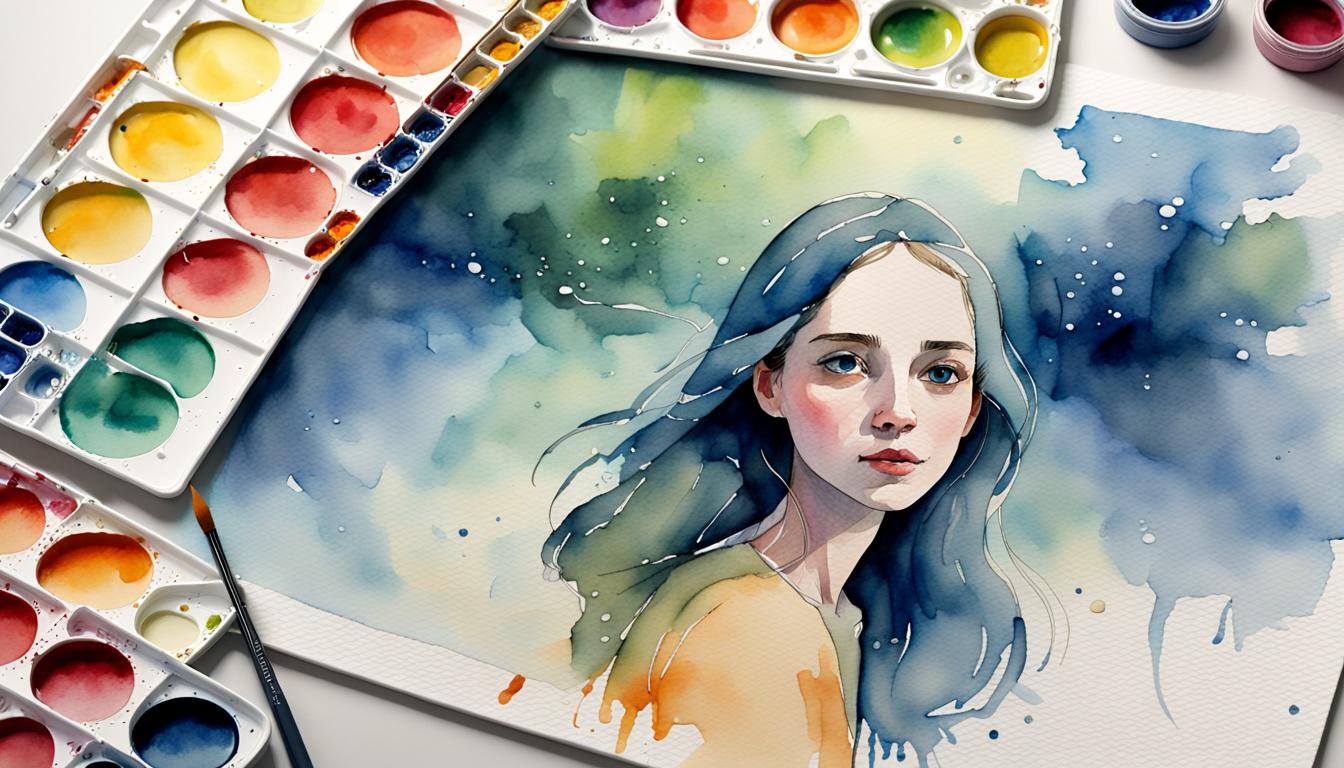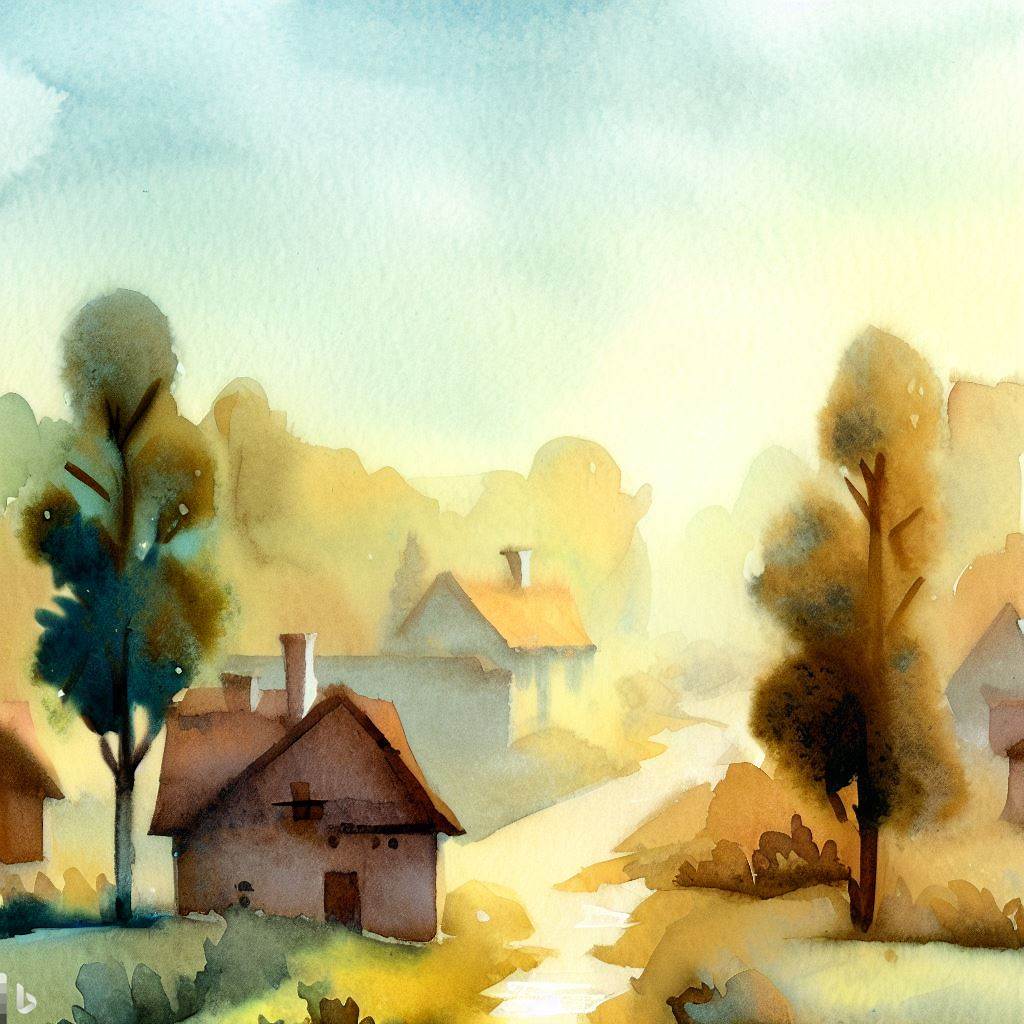Watercolor design is a beautiful and expressive art form that allows artists to create stunning works of art. One of the most important aspects of watercolor design is the use of emphasis and focal points. These elements help to draw the viewer’s eye to specific areas of the painting and create a sense of depth and interest. In this article, we will explore the concepts of emphasis and focal points in watercolor design and provide tips for creating powerful watercolor compositions.
What is a Focal Point?
A focal point in watercolor is the main area of interest in a painting that draws the viewer’s eye. It is the point in the painting that the artist wants to emphasize and is usually the most detailed, colorful, or contrasted area. The focal point is the area that tells the story of the painting and is the reason why the painting was created.
Creating a Focal Point
Creating a focal point in watercolor design is essential to creating a powerful composition. There are several ways to create a focal point, including:
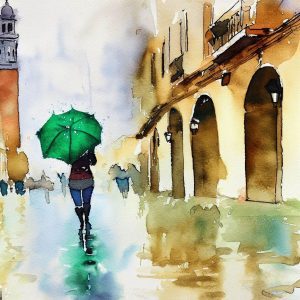
- Contrast: The use of contrast is one of the most powerful ways to create a focal point. By using contrasting colors, values, or textures, the artist can draw the viewer’s eye to a specific area of the painting. For example, a bright red flower in a sea of green foliage will immediately draw the viewer’s eye.
- Detail: Another way to create a focal point is to add detail to a specific area of the painting. By adding intricate details to a specific area, the artist can draw the viewer’s eye to that area. For example, a painting of a bird with intricate feather details will draw the viewer’s eye to the bird.
- Placement: The placement of the focal point is also important. The focal point should be placed in an area that is easy for the viewer to see and should be balanced with the rest of the painting. For example, a focal point placed in the center of the painting may be too symmetrical and not as interesting as a focal point placed off-center.
Once you have created a focal point, you need to make sure that it stands out from the rest of your painting. You can do this by using a variety of techniques, such as:
- Using a darker value. If your focal point is a bright color, you can make it stand out by painting it with a darker value. This will create a contrast that will draw the viewer’s eye.
- Using a sharper edge. If your focal point is a soft shape, you can make it stand out by painting it with a sharper edge. This will create a sense of focus that will draw the viewer’s attention.
- Using a different texture. If your focal point is a smooth surface, you can make it stand out by painting it with a different texture. This will create a sense of interest that will draw the viewer’s eye.
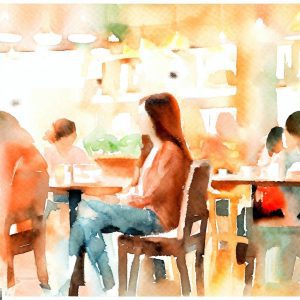
Emphasis
Emphasis is the use of elements in a painting to create a sense of importance or dominance. Emphasis can be created through the use of color, value, texture, and placement. By using emphasis, the artist can create a sense of depth and interest in the painting.
Enhancing Focal Points in Watercolor Artwork
- Plan your composition: Before starting a painting, it is important to plan the composition. This includes deciding on the focal point, the placement of the focal point, and the use of emphasis.
- Use contrast: As mentioned earlier, contrast is a powerful tool for creating a focal point. By using contrasting colors, values, or textures, the artist can draw the viewer’s eye to a specific area of the painting.
- Create depth: Creating depth in a painting is important for creating interest. This can be achieved through the use of overlapping shapes, atmospheric perspective, and the use of warm and cool colors.
- Use repetition: A repetition is a powerful tool for creating unity in a painting. By repeating shapes, colors, or textures, the artist can create a sense of harmony in the painting.
- Keep it simple: Sometimes less is more. By simplifying the composition and focusing on the focal point, the artist can create a powerful and effective painting.
Examples of subjects that make strong focal points in watercolor paintings
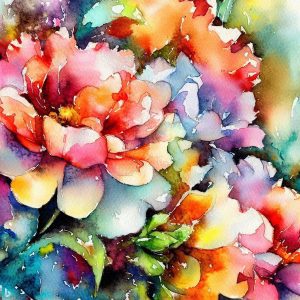
- Flowers: Flowers are a popular subject in watercolor paintings and can make a strong focal point. The intricate details and vibrant colors of flowers can draw the viewer’s eye and create a sense of depth and interest.
- Landscapes: Landscapes can also make strong focal points in watercolor paintings. The contrast between the sky and the land, the intricate details of trees and foliage, and the use of warm and cool colors can all create a powerful watercolor composition.
- Figures: Figures in a painting can be a powerful focal point. The use of contrast, detail, and placement can draw the viewer’s eye to the figure and create a sense of depth and interest.
Tools for Watercolor Focal Points
- Round Brushes: Round brushes are the most versatile and widely used brush for watercolor painting. Their shape makes them suitable for small details and delicate lines, but they can also be used for larger areas.
- Liner Brushes: Liner brushes are excellent for maintaining width and creating fine lines. They are ideal for creating intricate details and adding texture to a painting.
- Flat Brushes: Flat brushes are able to create crisp edges and are ideal for creating washes and large areas of color.
- Mop Brushes: Mop brushes are ideal for soaking and distributing large amounts of water. They are perfect for creating soft edges and blending colors.
In conclusion, emphasis and focal points in watercolors are essential elements in the design. By using these elements effectively, the artist can create powerful compositions that draw the viewer’s eye and create a sense of depth and interest. By planning the composition, using contrast, creating depth, using repetition, and keeping it simple, the artist can create stunning works of art that are both beautiful and expressive.
